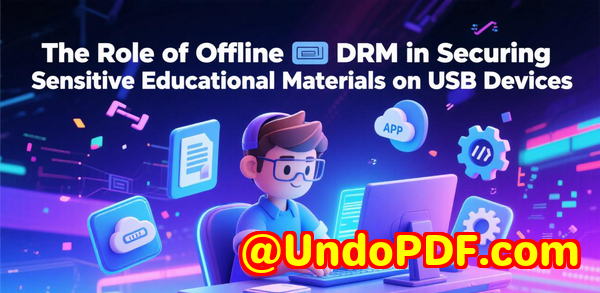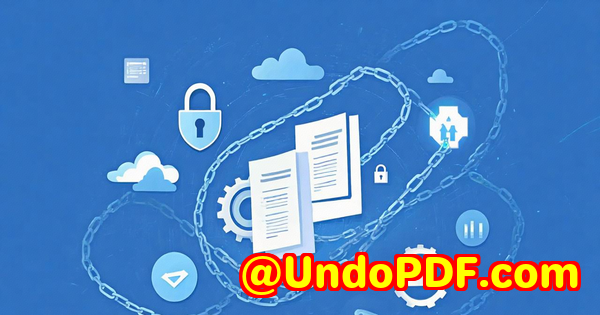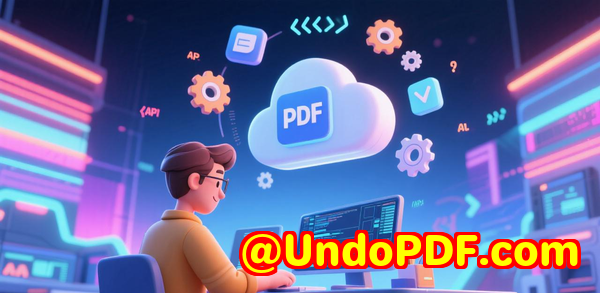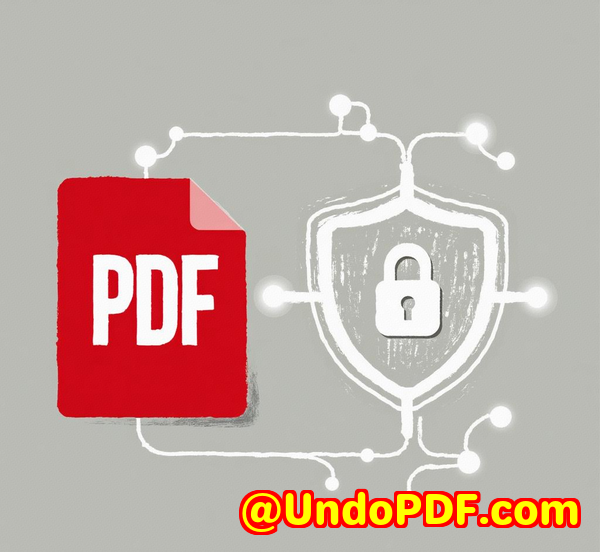Protect Jewelry and Luxury Brand Photos Online with DRM Secure Image Streaming and Watermarking
Protect Jewelry and Luxury Brand Photos Online with DRM Secure Image Streaming and Watermarking
Secure your online product images from theft with VeryPDF DRM Protector’s image streaming, watermarking, and anti-scraping technology.
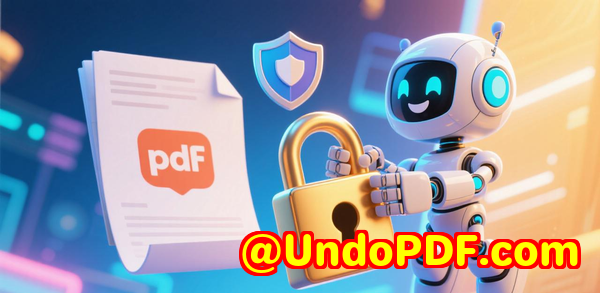
Every time I upload a new product photo to my online store, I feel a pang of anxiety.
High-quality images are the lifeblood of my sales. But anyone with a browser can easily right-click, screenshot, or even scrape my entire catalog with bots.
I remember one frustrating morning when I discovered several of my luxury jewellery images being sold on a competitor’s website without permission. That’s when I knew I needed a serious solution to protect my digital assets.
Enter VeryPDF DRM Protector for image protection. From the moment I discovered it, I realised this wasn’t just another watermark toolit was a full-scale shield for my online store images.
Why Protecting Product Images Is Crucial for Online Shops
It’s easy to underestimate how vulnerable your online images are.
For anyone selling luxury itemsjewellery, high-end fashion, or designer accessoriesimages are not just visuals; they’re proof of authenticity, trust, and quality.
-
Brand Reputation: If your images are stolen or misused, your brand loses credibility.
-
Copyright Compliance: Artists, photographers, and e-commerce sellers need assurance that their intellectual property won’t be exploited.
-
Revenue Security: Free downloads of high-resolution images can undercut sales.
-
AI and Crawler Threats: Automated tools can scrape thousands of images for resale or AI model training.
I used to rely on simple watermarking and disabling right-click. It didn’t take long for me to realise how ineffective these methods were. Screenshots, URL sharing, and bot scraping were still rampant. That’s why I needed DRM-level protection.
How VeryPDF DRM Protector Secures Your Online Images
1. Secure Browser-Based Image Preview
One of the first things I noticed was how smooth the user experience is.
Customers can preview images directly in their browser without installing anything extra. The viewer feels nativejust like Shopify or Amazonbut behind the scenes, every image is encrypted and fully protected.
This balance is critical. I didn’t want my shop to frustrate customers, and the secure streaming keeps the conversion rates high while locking down my assets.
2. Prevent Copying, Downloading, and “Save As”
The protection goes far beyond standard methods:
-
Right-Click Blocking: Visitors cannot use “Save As” or copy images.
-
Encrypted Streams: My images aren’t simple JPEGs or PNGsthey’re delivered as encrypted streams. No one can download them directly.
-
No Direct URLs: Deep linking or hotlinking is blocked.
-
Session Tokens: Every viewing session is unique, so unauthorized access is nearly impossible.
I remember testing this with a friend who’s pretty tech-savvy. He tried downloading my images through various methods, and every attempt failed. It was a relief to finally have a system that worked.
3. Screenshot Protection Across Devices
Screenshots are a nightmare. While Windows and macOS allow more robust control, iOS and Android browsers have limitations. VeryPDF DRM Protector handles this cleverly:
-
Dynamic Watermarks: Even if a screenshot is taken, it overlays user-specific information like email, IP, user ID, and timestamp.
-
Native App Integration: For deeper protection, DRM can integrate into mobile apps using system-level APIs to block or detect screenshots.
This feature alone has prevented countless potential leaks from my online catalog. Customers feel secure that their previews are protected, and I have peace of mind knowing my content isn’t being misused.
4. Anti-Crawler and AI Protection
Automated bots are relentless. I used to see my images scraped in bulk, often uploaded to AI training datasets. VeryPDF DRM Protector stops this:
-
Encrypted Streaming Delivery: Makes automated scraping nearly impossible.
-
CAPTCHA & Rate Limiting: Prevents large-scale automated downloads.
-
Server-Side Rendering: Images can be delivered as tiles or HTML5 Canvas, further blocking reconstruction of full-resolution files.
This made a huge difference in my e-commerce operations. Not only did it safeguard my content, but it also saved me time monitoring for image theft.
5. Dynamic Streaming & Server-Side Rendering
The way images are streamed feels like Netflix for pictures. Rather than sending full images, VeryPDF DRM Protector delivers them in small encrypted tiles. This ensures:
-
High-resolution images remain secure.
-
Right-click and direct download are effectively neutralized.
-
Server-side rendering prevents easy scraping or reconstruction of original files.
6. Flexible Watermarking Options
Watermarking isn’t just a layerit’s smart, dynamic, and personalised:
-
Embed user-specific info like order ID, session ID, IP, and email.
-
Choose visible or invisible watermarks depending on use case.
-
Deters piracy for fine art, prototypes, and luxury products.
I particularly liked that I could tailor watermarks for previews versus purchased content. Each user sees a unique watermark, making unauthorized sharing traceable.
7. Multi-Platform Compatibility
Whether customers browse on Windows, macOS, iOS, or Android, the system works seamlessly:
-
Browser-based by default for simple deployment.
-
Native app integration available for enterprise-level screenshot blocking.
-
Consistent experience across devices ensures no friction in the shopping journey.
Practical Business Benefits
After implementing VeryPDF DRM Protector, I immediately noticed:
-
Revenue Protection: No more free downloads cutting into sales.
-
Brand Security: My high-end jewellery images stayed exclusive, enhancing my shop’s reputation.
-
Operational Efficiency: I stopped manually checking for stolen images.
-
Customizable Protection: Watermarks, streaming, or app-level security could be adapted to my workflow.
It’s more than a toolit’s a shield for digital assets, a deterrent against AI misuse, and a confidence booster for my customers.
Why VeryPDF DRM Protector Stands Out
Compared to simple watermarking tools or standard e-commerce protections:
-
Full DRM & Encryption: Not just cosmetic protection.
-
Custom Development: VeryPDF can tailor solutions for unique anti-crawler systems or watermark designs.
-
Proven Technology: Trusted worldwide for PDF, Office, and now image content protection.
I’ve tried other platforms that promise image security, but nothing comes close to the flexibility and robustness of VeryPDF DRM Protector.
Conclusion: My Recommendation
If your online shop depends on high-quality images to sell products, protecting them is not optionalit’s essential.
I’d highly recommend VeryPDF DRM Protector to anyone dealing with luxury product images or digital art.
-
Secure streaming, dynamic watermarking, anti-scraping, and screenshot prevention keep your assets safe.
-
Customers can still preview images effortlessly, maintaining conversion rates.
-
Customisation options mean you can integrate protection into your specific workflow.
Click here to try it out for yourself: https://drm.verypdf.com/
Start your free trial now and safeguard your online images.
Custom Development Services by VeryPDF
VeryPDF offers tailored solutions to meet your unique technical needs. From Linux to macOS, Windows, and server environments, we handle all major platforms.
Our services include:
-
Custom utilities with Python, PHP, C/C++, Windows API, Linux, macOS, iOS, Android, JavaScript, C#, .NET, and HTML5.
-
Development of Windows Virtual Printer Drivers to generate PDF, EMF, or image formats.
-
Printer job monitoring tools to intercept and save print jobs in PDF, EMF, PCL, Postscript, TIFF, or JPG.
-
System-wide and application-specific API hooks for monitoring and intercepting file operations.
-
Analysis and processing of PDF, PCL, PRN, Postscript, EPS, and Office documents.
-
Barcode recognition and generation, OCR, and OCR table recognition for scanned documents.
-
Report and form generators, graphical and image conversion, cloud-based document solutions, and PDF security.
Contact VeryPDF to discuss your project at https://support.verypdf.com/.
FAQs
1. Can VeryPDF DRM Protector prevent screenshots on mobile devices?
Yes, for Android and iOS apps, DRM can block or detect screenshots using system-level APIs. Browser-based prevention is limited, but dynamic watermarks mitigate leaks.
2. Is it compatible with Shopify and Amazon stores?
Absolutely. The tool works seamlessly with e-commerce platforms, custom websites, or SaaS stores.
3. Can I customise watermarks for individual users?
Yes, watermarks can include user-specific info like email, IP, session ID, or order ID. Both visible and invisible options are supported.
4. Does DRM Protector affect the user experience?
Not at all. Customers can preview images smoothly in their browser while DRM runs securely in the background.
5. Can it stop AI scraping of images?
Yes. Encrypted streaming, anti-crawler technology, and server-side rendering prevent bulk scraping for AI datasets.
Tags / Keywords
-
DRM image protection
-
Secure product photos
-
Anti-scraping e-commerce
-
Watermarking for online shops
-
Protect luxury brand images
-
Digital rights management
-
Encrypted image streaming
